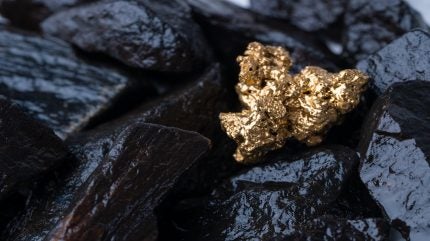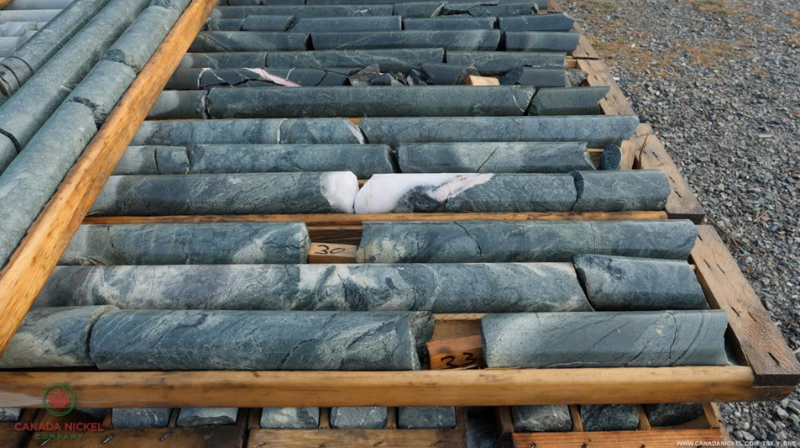Sign up for daily news updates from CleanTechnica on email. Or follow us on Google News!
Carbon dioxide is the gas we hear most about when the conversation turns to global heating. Perhaps that is because it it what climate scientists like James Hansen and Michael Mann focused on early in their careers. It was also what scientists for Exxon and other oil companies warned about when they studied the climate effects associated with using their companies’ products. But there is another greenhouse gas that doesn’t get talked about nearly as much — methane.
In actuality, methane is 80 times more powerful than carbon dioxide when it comes to making our planet hotter. Methane doesn’t stay in the atmosphere as long as carbon dioxide, so people tend to discount its impact on global heating, but make no mistake — it is causing havoc with the environment.
China Methane Reduction Plan
In a piece of good news for our overburdened planet, China this week agreed to take a hard look at its methane emissions and to find ways to reduce them. It said it will boost monitoring, reporting and data transparency to reduce releases of the super-potent greenhouse gas, according to Bloomberg. According to a document released November 7 by the Ministry of Ecology and Environment, China will deploy new technologies to spot methane pollution,
The plan covers strategies to lower emissions from industries such as coal mining, rice farming and gas operations, but does not contain specific targets. This could be a signal that China is willing to work more cooperatively with other nations — particularly the US — to reduce the amount of methane that gets added to the atmosphere every year.
Beijing first committed to reducing its methane output at the Cop26 climate conference in Glasgow in 2021 as part of a joint agreement with the US. Both countries agreed to establish a working group on climate action but the methane reduction plan failed to materialize, primarily because of then Speaker of the House Nancy Pelosi’s visit to Taiwan. That visit rankled Chinese officials and caused a cooling in diplomatic relations between the two countries.
But now the matter is back on the table, according to The Guardian. When John Kerry, President Biden’s special envoy for climate, visited Beijing in July, he described the meetings as “extremely warm and productive.” US and Chinese climate envoys meet recently for four days of talks in Sunnylands, California. The location of the meeting between Xie Zhenhua and John Kerry this week was viewed by some observers as an auspicious sign. The luxurious estate is where Xi Jinping had his first presidential meeting with Barack Obama in 2013.
That meeting led to a historic climate agreement between the US and China in 2014 in which China pledged to peak CO2 emissions by 2030 — a target that China is expected to meet ahead of time. That in turn established the foundation for the Paris Agreement the following year, in which 196 countries agreed to limit the increase in the global average temperature to below 2C, compared with pre-industrial levels.
A Sign Of Things To Come
After this most recent meeting in Sunnylands, China published its long delayed methane emissions reduction plan, which may be a signal that the two countries will soon come to a new climate agreement ahead of a presidential meeting next week and before the United Nations sponsored COP28 climate conference that is taking place at the end of November in Dubai. Xi and Biden are expected to meet at the APEC summit in San Francisco next week.
Now insiders are cautiously optimistic that a new US-China climate agreement could be on the horizon. It is a “golden opportunity,” said Li Shuo, the incoming director of the China Climate Hub at the Asia Policy Institute, adding that elections in the US and in Taiwan could distract both sides from climate discussions in 2024.
Both the US and China want to show that there are “some guardrails in the US-China relationship, with climate being one of the bright spots,” Byford Tsang, a senior policy adviser at the E3G climate advocacy group told The Guardian. That’s all well and good, but China is very reluctant to commit to specific reduction targets. The methane reduction plan avoids any numerical targets. “China is very cautious in making international pledges,” said Tsang. Beijing “doesn’t like when its hands are constrained on the international stage.”
The US, along with over 150 other countries, has committed to cutting methane emissions by 30% by 2030, but China has so far not joined any such pledge. “Methane is not a technical issue, it’s a political issue,” said Li, adding that progress on a plan reflected the state of US-China relations.
A Goodwill Gesture On Methane
There was no mention in the announcement by China of the Global Methane Pledge that seeks to cut methane emissions by 30% by the end of this decade compared to 2020 levels. China declined to join the commitment, led by the US and European Union, in 2021 saying it would develop its own pathway. There are now 150 signatories to the pledge, although many major emitters, including Russia, India and Iran, have yet to join. Still, China is way ahead of schedule on its promise to cut carbon emissions. Perhaps that suggests it will address its methane reduction in a similarly proactive fashion. Fingers crossed.
China’s decision to publish the plan was “a goodwill gesture” by its climate envoy, Xie Zhenhua, as talks with his US counterpart, John Kerry, wrapped up in California, Li Shuo told The Guardian. “It’s too early to tell if this implies further climate outcomes between the US and China,” but without it there certainly wouldn’t have been further deals, he said.
Almost 90% of China’s methane emissions come from its energy sector, which still generates more than half of the country’s electricity by burning coal. Underground mines release methane when rock strata or coal seams are fractured and operators can capture the gas through above-ground vents. Draining the gas from open-cut mines can also limit methane releases.
Methane & Coal
China’s methane emissions from coal mining dwarf those of other nations according to the International Energy Agency. The country has greatly increased production of the dirtiest fossil fuel in recent years in order to prevent shortages of electricity. Phasing out coal is an essential part of China’s net zero by 2060 goal, but after power cuts and blackouts closed factories across China in 2021, the government has focused on energy security and a coal phaseout is an increasingly sensitive subject. Climate campaigners within China say the topic has become hard to discuss.
The Guardian says Kerry and Xie are publicly at odds on the issue of coal, with Kerry calling for it to be a topic for discussion during the COP28 negotiations. But Xie has said that phasing out fossil fuels completely is “unrealistic.” Nevertheless, analysts are hopeful there will soon be an agreement on new climate goals soon. With a presidential meeting on the horizon, both sides are aware that now may be the only moment in the next 12 months to break new ground,
Have a tip for CleanTechnica? Want to advertise? Want to suggest a guest for our CleanTech Talk podcast? Contact us here.
EV Obsession Daily!
I don’t like paywalls. You don’t like paywalls. Who likes paywalls? Here at CleanTechnica, we implemented a limited paywall for a while, but it always felt wrong — and it was always tough to decide what we should put behind there. In theory, your most exclusive and best content goes behind a paywall. But then fewer people read it!! So, we’ve decided to completely nix paywalls here at CleanTechnica. But…
Thank you!
Community Solar Benefits & Growth
CleanTechnica uses affiliate links. See our policy here.




